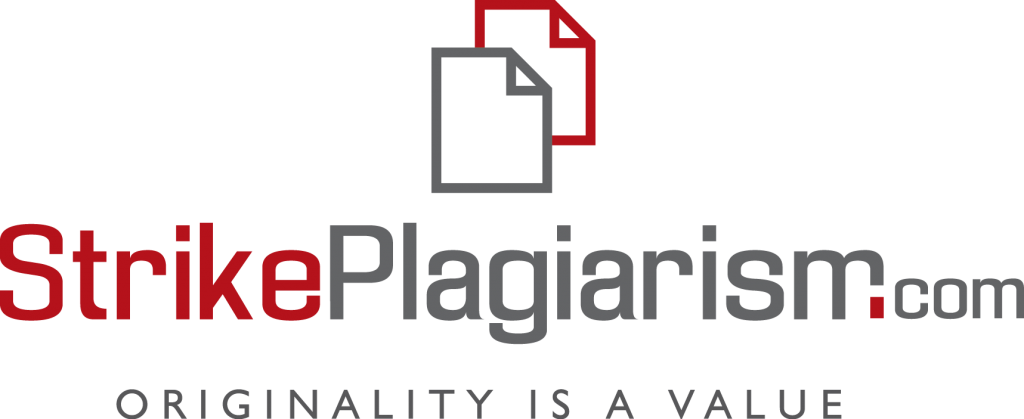ANALYSIS OF INDUSTRIAL INJURIES AT METALLURGICAL ENTERPRISES IN UKRAINE
DOI:
https://doi.org/10.32782/3041-2080/2025-3-33Keywords:
industrial injuries, methods of mathematical modeling, risk assessmentAbstract
Creating healthy and safe working conditions in the workplace is the main task of the employer in the process of production activities. To prevent industrial injuries at metallurgical enterprises, it is necessary to conduct an assessment of industrial risks and plan preventive measures aimed at reducing them.An important component in increasing the effectiveness of such an assessment is the use of statistical data on cases of industrial injuries at metallurgical enterprises, which are subject to special investigation, namely: fatal and group accidents, as well as accidents with serious consequences and accidents. To increase the accuracy of the point assessment of industrial risks at workplaces, the state of industrial injuries among metallurgical employees was analyzed according to accident data in 2022–2023. The availability of such data makes it possible to build a mathematical model of the dependence of the point assessment of the risk of an accident depending on the factors of the production environment, which include information on accidents (AoA): time of AoA, cause of AoA, type and type of event, data on the enterprise where the accident occurred.According to the results of the analysis of the most traumatic professions of workers in the metallurgical industry, it was found that the most vulnerable group of professions is an electrician for repair and maintenance of electrical installations, a steelworker, a rolling mill operator, and a machine operator. As a result of the analysis of statistical data, it was established that 58 % of the total number of accidents occurred for organizational reasons, and most of them occurred due to failure to perform job duties and failure to comply with the requirements of labor protection instructions. The basis for sound planning and implementation of effective preventive measures is the identification of existing hazards in production and an adequate assessment of production risk, a component of which are the results of the analysis of the state of industrial injuries.
References
Березуцький В. В. Ризик орієнтований підхід в охороні праці : монографія. LAP Lambert Academic Publishing. 2019. 108 с.
Таірова Т. М. Математична модель системи охорона праці вугільної галузі. Вісник Криворізького національного університету. 2019. Вип. 48. С. 13–18.
Здановський В. Г., Кружилко О. Є. Наукові розробки ризик-орієнтованого підходу у галузі охорони праці : монографія. Суми : Університетська книга. 2020. 360 с.
Kuhl K., Brück C. Hierarchyof prevention and control measures. URL: https://oshwiki.eu/wiki/Hierarchy_of_prevention_and_control_measures.
Кружилко О. Є., Сторож Я. Б., Лютак З. І., Праховнік Н. А. Методичні засади оцінки виробничих ризиків при плануванні профілактичних заходів. Проблеми охорони праці в Україні : зб. наук. праць. 2017. № 33. 15–21 с.
Bochkovskyi A. P. Actualization of the scientific principles elaboration on evaluating the risks of occupational danger occurrence. Naukovyi Visnyk Natsionalnoho Hirnychoho Universytetu. 2018. No. 6 (168). P. 95–103.
Таірова Т. М., Романенко Н. В., Сліпачук О. A. (2020). Підвищення результативності заходів із запобігання виробничому травматизму на основі моделювання системи охорони праці в машинобудуванні. Проблеми охорони праці в Україні. № 36 (4). 23–29 с.
Chambers H. Prevention and control strategies. URL: https://oshwiki.eu/wiki/Prevention_and_control_strategies
Kruzhilko O., Volodchenkova N., Maystrenko V., Bolibrukh B., Kalinchyk V., Zakora A., Feshchenko A., Yeremenko S. Mathematical modelling of professional risk at Ukrainian metallurgical industry enterprises. Journal of Achievements in Materials and Manufacturing Engineering. 2021. No. 108 (1). P. 35–41.
Kruzhilko O., Cherneha R., Maystrenko V., Polukarov O., Kalinchyk V. Modelling and forecasting the workplace environmental physical factors values. Archives of Materials Science and Engineering. 2019. No. 100 (1–2). P. 21–33.





